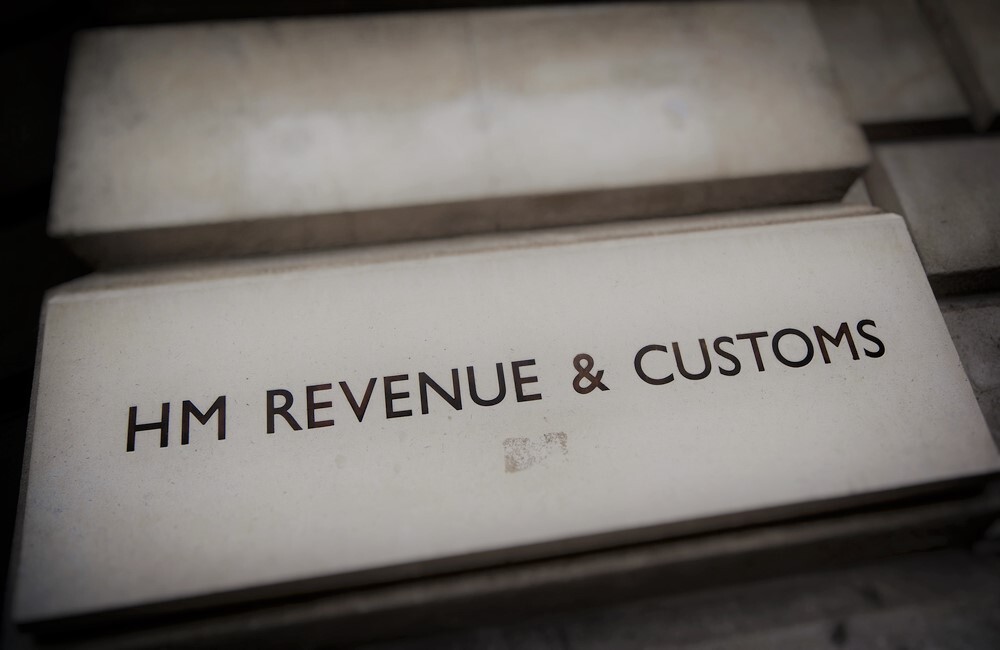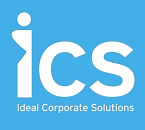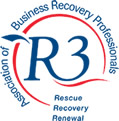Return of HMRC Preferential Status
Nov 12, 2020

Return of HMRC Preferential Status
Next month, HMRC move up the pecking order in the insolvency process to Preferential Status for certain debts including VAT, employee’s NI, student loan deductions and CIS from which they expect to raise £185m. Quite how this transpires in practice will remain to be seen but, if HMRC are predicting to be better off by £185m, this means that unsecured creditors (i.e. landlords, local authorities and suppliers) and floating charge creditors such as banks and other lenders must be worse off by £185m.
If there are any assets available after HMRC has had its new preferential debts paid in full, a deduction is made from the funds held to go directly to the unsecured creditors, known as the Prescribed Part, before the floating charge holder receives a return. Whilst the Prescribed Part is nothing new, which represents a percentage of the available funds, by HMRC leapfrogging up the queue this will significantly reduce or even extinguish the funds available for floating charge holders.
Directors must therefore be mindful if they have granted a personal guarantee to a bank or lender who holds a fixed and floating charge, when it is likely that there are insufficient fixed charge assets to settle the balance owed and there are significant HMRC debts.
Lets say a Company has granted a charge to a lender as well as the Director providing a personal guarantee. If the lender is not paid in full from the fixed element of their charge, then HMRC’s preferential debt (as well as usual preferential debts) must be paid in full before a distribution can be made to the lender under its floating charge (minus the Prescribed Part). Whatever shortfall the lender suffers, the Director will then have to cover the balance under their personal guarantee. This will also be the case for cross guarantees which are typically given in group structures.
It will be interesting to see the impacts this change will have on lenders’ appetite to grant funding facilities when the fixed asset class is relatively low compared to floating charge assets, no doubt this risk would be factored into the cost of funding facilities as well as requiring personal guarantees. Also, in such instances it is likely that lenders would ramp up ongoing client account management and monitoring of any HMRC arrears falling into the preferential category, ready to take appropriate action before Crown debt becomes extensive and risks the recoverability of the lenders’ cash.
Drop in corporate insolvencies – why?
The number of companies entering into an insolvency process during Q3 2020 was 39% lower than the same quarter in 2019.
The Insolvency Service’s publication attributes the drop in figures as follows:
The reduction in company insolvencies in the latest quarter compared with last year was likely to be in part driven by the range of Government support put in place to financially support companies in response to the coronavirus (COVID 19) pandemic. The Government also announced in late April that it would temporarily prohibit the use of statutory demands and certain winding-up petitions from 27 April to 30 June 2020. This was further extended to 30 September under the Corporate In solvency and Governance Act and in August 2020 was further extended to 31 December 2020.
Our thoughts
Recent reports that a covid vaccine is on the way is fantastic news for getting the UK back towards normality and businesses will be encouraged by the prospect.
The insolvency stats for Q3 2020 indicate that there are a lot of businesses which are only surviving due to the Government support measures, cheap cash, grants, furlough, bounce back loans, CBILS, deferred HMRC debts and the moratorium on winding up petitions.
We know that HMRC were quick to devote resources into investigating and pursuing fraudulent furlough claims (and rightly so). Whilst HMRC has been very supportive of businesses throughout 2020, we think that by early 2021 it will use its resources to take a more aggressive stance to debt recovery, especially once the moratorium on Winding Up Petitions is lifted after 31 December 2020. Though we’re not expecting a flurry of petitions during the first week of January, we anticipate that there will be a more gradual uptick in the number of petitions being presented over the early months of the year – given HMRC’s revised Preferential Status providing a larger slice of the insolvency assets pie, pursuing companies into insolvency becomes a more attractive tool than ever before for HMRC.
It is worth noting that we don’t think it will just be HMRC getting back to debt recovery as normal – there is a whole professional services sector devoted to credit control and debt collection who look to get the best result for their respective clients. Yes, we imagine there will be an element of compassion early on in 2021 however it is likely that this will be short lived if we are returning quickly to business as usual. Whilst the change in HMRC’s status makes liquidation a less attractive solution for other creditors than ever before, we fully expect pressure to be ramped up by overdue accounts in 2021.
We’ve been speaking with many business owners who are considering what the future looks like once furlough ends and they have to start paying deferred HMRC debts and repaying bounce back loans and CBILS. Now is the time to be taking appropriate professional advice and planning for the future – can the business afford to hit the ground running or will measures need to be put in place to either smooth the transition and give further time to repay accumulated debts, or is a more formal restructuring or insolvency process the right solution to enable the business to move forwards positively?
What can we do to help?
We will carry out a full review of the business’ financial position and assessment of all available options to get the best outcome – this review is free of charge, no obligation and in the strictest of confidence. For businesses, you have nothing to lose through speaking with us.
Our office is covid secure for face to face meetings however we are equally as happy to speak via video call or conference call initially. If a physical meeting is preferred, we can make arrangements to visit the business premises at your convenience.
Insolvency Service Report



